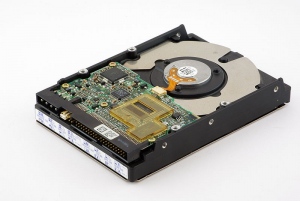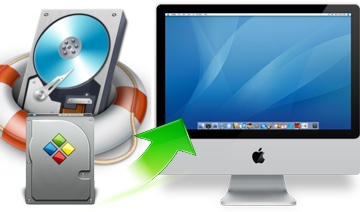As the world of data becomes more complex, it’s not hard to imagine how complex data storage devices are growing alongside it. Right now debates are raging over whether or not enterprise-level organizations should be implementing all-HDD, all-flash or hybrid storage solutions into their IT infrastructure.
Depending on who you ask, there isn’t a solid answer. The hybrid storage argument is that with an all-HDD or flash storage system, you can’t have both cost-effectiveness and performance with either type of storage device.
On the HDD and flash storage side of things, analysts argue that each type of storage device offers their own unique sets of functionalities that benefit specific types of companies. In this post, we’ll attempt to give you a clear 50-foot snapshot of the types of device options available so you can make smart decisions for your company.
Storage Devices Explained: HDDs, SSDs and Hybrid Devices
· Hard Disk Drives (HDD) – If you’ve been involved with IT in any capacity over the past few decades, you probably already know that HDD storage has been the de facto data storage choice for companies of all shapes and sizes. Data is stored on spinning,

mechanical disks. While the technology surround HDDs has evolved over the past decade, the basic technology has not changed at all. For many companies this is a problem, as there is a growing concern of their stability over a long period of time. The big benefit is that the cost of hard disk space is incredibly low, and they are relatively stable over the short term.
· Solid-State Drives (SSD) – SSD technology has been making a big comeback over the past two years or so thanks to more efficient manufacturing processes that make costs lower. Essentially, SSD technology is exactly what it sounds like. The mechanical, spinning disk technology has been stripped away and replaced with silicon ships where data is stored. Read/writes are generally faster than HDDs and require less power. The major downside is that the cost per GB/IOPS is generally way higher than HDD technology. This makes it incredibly difficult for small to mid-sized businesses to afford to stay competitive in the data management space.
· Hybrid Drives (HDD + SSD) – As you might have guessed, hybrid drives combine the HDD and SSD technology and blend them together into what seems to be a best-case-scenario for companies of all sizes. Hybrid drives shine when it comes to capacity, cost-effectiveness and stability. The main downside has to do with new data reads/writes. For all intents and purposes, when managing new data sets the hybrid drive functions just like a hard drive, which for some companies, may or may not defeat the purpose.
The truth about IT infrastructure is that there is no one-size-fits-all approach to data management. You’ll need to put in the time to research and test different devices in your environment before you make the decision to upgrade. It’s OK to take an extended amount of time to understand what your options are and how they affect your company on every level (cost, efficiency, etc).





